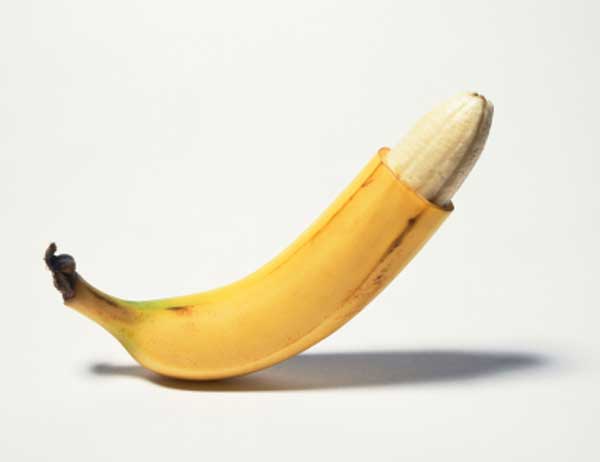The recent stance taken by the American Academy of Pediatrics (AAP) on the circumcision of infants is guilty of cultural bias and selective evidence, and is ultimately “untenable,” argue a human rights lawyer and a paediatrician in a trenchant critique in a special issue of the Journal of Medical Ethics.
In a policy statement and accompanying technical report, published last September, the AAP concluded that the health benefits of circumcision in infancy outweighed the associated risks and complications. Families should therefore be entitled to have access to the procedure, and government health insurance cover for it, it said.
But J. Steven Svoboda of Attorneys for the Rights of the Child and Dr Robert Van Howe of Michigan State University College of Human Medicine, contend that such a stance is “untenable.”
The statement is full of “hedging and uncertainty,” while the longer technical report on which it is based is replete with “blatant cherry picking” of the available evidence, they argue. And key issues are conspicuous by their absence, they claim.
These include fundamental human and legal rights; trauma and pain; and impact on sexuality; to say nothing of the morality of submitting infants to a surgical procedure of contested therapeutic value for which they cannot possibly give their consent, they say.
The purported health benefits are in doubt, they argue, as the claims that circumcision can curb the spread of HIV are based on studies which found an absolute reduction in risk of only 1.3%.
“Furthermore, the US has both the highest rate of circumcision and the highest rates of HIV and sexually transmitted infections, so a claim that the first can prevent the other seems highly implausible,” they write. Similarly, the evidence for its ability to reduce the spread of other sexually transmitted infections is far from clear-cut, they argue.
The AAP is increasingly isolated “in an inexplicable departure from the views of the rest of the medical establishment on the morality and science of childhood circumcision,” write the authors, who point out that the procedure kills 100 boys every year in the US, even when carried out in hospital.
And they accuse the AAP of putting doctors in an invidious position. “Doctors are not cultural brokers. Their business is safeguarding patients’ health, not promoting practices that lack a sound foundation in evidence based medicine and medical ethics,” they suggest.
An international statement, signed by 38 signatories, and due to be published today in Pediatrics, similarly criticises the AAP policy, arguing that it exhibits “cultural bias in favour of circumcision” and puts the body “firmly out of step with world medical opinion on the issue.”
In a commentary in the Journal of Medical Ethics, the AAP Task Force argues that the statement was intended to stimulate debate on the scientific and ethical aspects of “a complex issue that does not lend itself to simplistic solutions.”
“However, the Task Force also feels strongly that this debate and the academic literature are demeaned when those with an ideological agenda disseminate inaccurate information, misapply scientific principles … and attempt to discredit and mischaracterise alternative views and those who hold them,” it says.
It refutes the criticisms levelled at the AAP, and defends the comprehensive, objective, and systematic approach the Task Force took. It emphasises that rather than being alone, several other medical bodies take a similar stance to the AAP; the WHO has issued guidelines recommending the use of circumcision to prevent HIV.
“We stand behind our findings as published in both the policy statement and the technical report,” declares the commentary. “The Task Force has no preconceived cultural or economic motives, and it advocates only for the wellbeing of children and families.”
In one of a series of blogs, which accompany this special issue, Journal of Medical Ethics editor, Professor Julian Savulescu, says that circumcision is one of the oldest forms of attempted human enhancement, and that it has benefits and risks, the magnitude of which are hotly contested.
But he says: “It would be a mistake to ban circumcision, given its importance to many people. A dangerous ‘black market’ would be created. As with other forms of risky human enhancement, the best policy is one of harm reduction, not prohibition. What seems ethically clear is that circumcision in developed countries should only be performed by a properly qualified paediatric surgeon in a hospital setting, with appropriate analgesia.”
Source: BMJ Group










